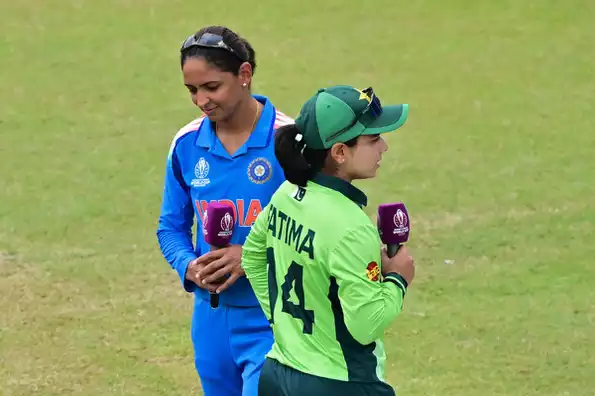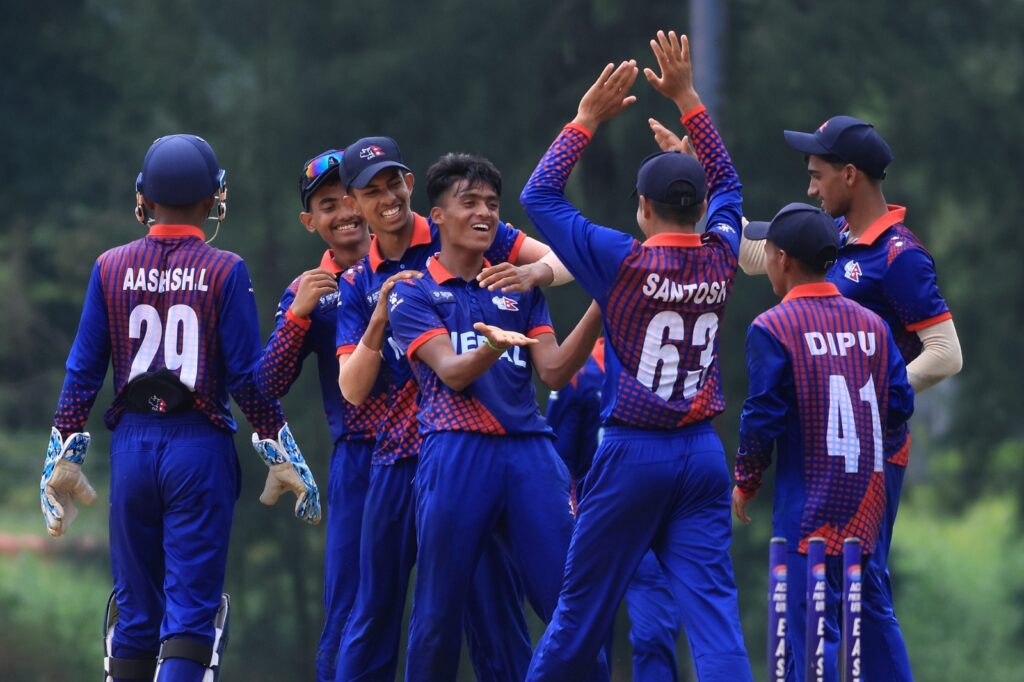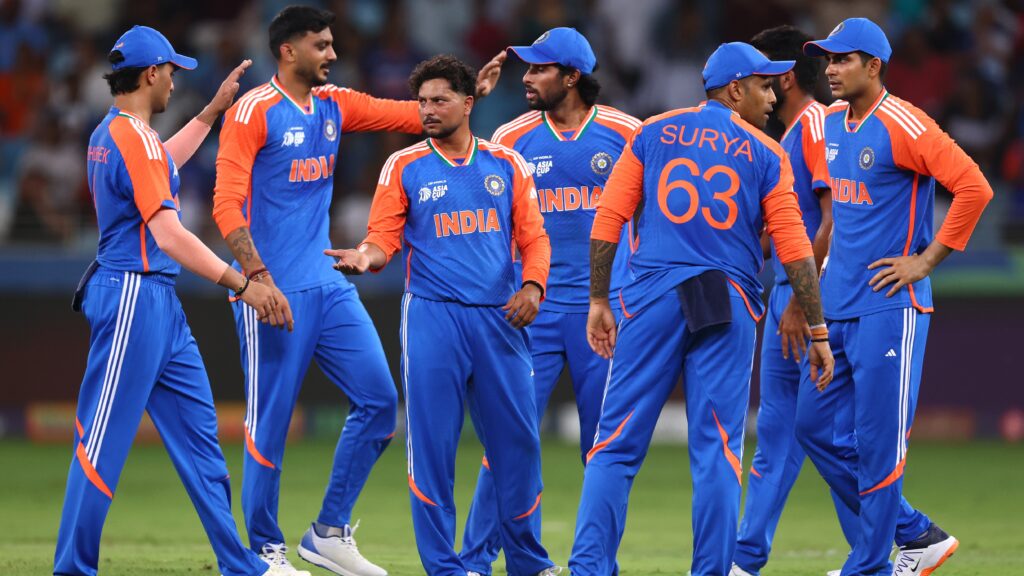Cricket is a sport that thrives on preparation, strategy, and mental toughness. While official matches and series get all the attention, there’s an unsung hero in cricket preparation: the friendly match. These pre-series games, often called warm-up or practice matches, play a critical role in ensuring teams are ready for high-pressure tournaments like the World Cup, Ashes, or T20 leagues.
In this blog, we explore the importance of friendly matches before major series, how they help players and teams, and notable examples from cricket history.
1. What Are Friendly Matches Before Major Series?
Friendly matches before a major series are practice or exhibition games played against domestic sides, invitational teams, or other international teams. They are not official test matches or ODIs but serve several key purposes:
- Acclimatization: Players adjust to local pitches, weather, and conditions.
- Strategy Testing: Teams try different batting orders, bowling combinations, and field setups.
- Fitness and Form: Ensures players are physically and mentally ready for the series ahead.
These matches are crucial because they bridge the gap between practice sessions and high-stakes competition.
2. Benefits for Players
a) Getting Comfortable with Conditions
Before any major series, players face new environments and pitches. Friendly matches help them:
- Understand pitch behavior: Whether it’s bouncy, spinning, or seaming, players learn to adjust techniques.
- Adapt to weather conditions: Humidity, heat, or cold can affect stamina and ball movement.
- Familiarize with local balls and equipment: Especially when touring countries with different cricketing conditions.
This preparation reduces surprises during official matches.
b) Improving Form
Friendly matches allow players to find their rhythm:
- Batsmen can regain timing and confidence at the crease.
- Bowlers can experiment with variations like swing, seam, or spin.
- Fielders can improve catching and ground coverage under real match intensity.
It’s a low-pressure way to fine-tune skills before the series begins.
c) Testing Young or New Players
Captains and coaches often use friendly matches to try new players or debutants:
- Observing how youngsters handle pressure in match-like situations.
- Testing uncapped players against strong opposition.
- Evaluating performance before making final series selections.
Friendly matches are often the first stepping stone for emerging talents.
3. Benefits for Teams
a) Strategic Planning
Friendly matches help teams experiment with strategies without consequences:
- Trying new batting orders or bowling rotations.
- Testing field placements and defensive setups.
- Practicing game scenarios like chasing totals or defending targets.
Coaches and analysts can identify strengths and weaknesses, ensuring the team enters the series with a winning plan.
b) Team Cohesion
- Builds chemistry between players.
- Helps captains understand player roles and comfort zones.
- Encourages communication and collaboration under match conditions.
Strong team dynamics often determine success in high-pressure series.
4. Notable Examples in Cricket History
a) India’s Warm-Ups Before World Cups
Before every World Cup, India has played friendly matches against local teams or invitational XIs. These games have helped:
- Adjust to pitch and climate conditions in England, Australia, or South Africa.
- Identify in-form batsmen and bowlers.
- Build confidence ahead of official matches.
b) Ashes Series Warm-Up Matches
Before Ashes tours, England and Australia often play county or state-level friendly matches. These warm-ups are crucial for:
- Getting used to swinging or seaming pitches.
- Testing bowling variations like reverse swing.
- Observing young talent in real match conditions.
c) T20 Leagues & IPL Preparations
Teams participating in T20 leagues often play friendly T20s before the season starts:
- Experimenting with powerplay strategies.
- Practicing finishing overs and death bowling.
- Understanding new player dynamics within the squad.
These games often set the tone for a successful league campaign.
5. Role in Mental Preparation
Friendly matches are not only about physical skills—they are essential for mental conditioning:
- Reducing Pressure: Players learn to enjoy the game without fear of rankings or stats.
- Scenario Practice: Simulating high-pressure situations like chasing large totals.
- Confidence Boosting: A strong performance in a friendly match often translates to better mental resilience in the series.
This mental edge can make the difference between winning and losing in close contests.
6. Modern Trends
With the rise of technology and analytics:
- Video Analysis: Coaches review friendly matches to identify patterns and areas for improvement.
- Player Load Management: Friendly matches help monitor fitness before major series.
- Fan Engagement: Teams often stream or promote warm-up games to engage global fans.
Friendly matches now serve multiple purposes, from preparation to entertainment.
Conclusion: Friendly Matches Are More Than Practice
Friendly matches before major series are an integral part of cricket strategy and preparation. They allow players to adjust to conditions, test skills, experiment with tactics, and build team cohesion. From World Cups to Ashes tours and IPL seasons, warm-up and friendly games are the foundation of successful campaigns.
While these matches may not appear on official scorecards, their impact on player performance, strategy, and mental readiness is undeniable. For cricket teams, friendly matches are not just a warm-up—they are a critical step toward championship success.










